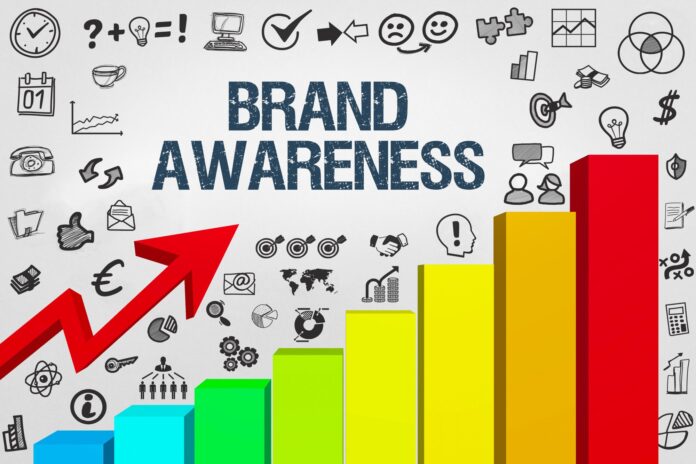
It is normal for businesses to face ups and downs. Very few businesses begin a perpetual upward trajectory of success and never look back. Most trajectory charts show business progress fluctuating up and down. This is okay as long as the general trend is up. If it’s not, your business could be in trouble.
In the absence of hard data showing that you have problems, there are warning signs worth taking note of. Five such warning signs are discussed in this post. If you’re willing to approach the topic with an open mind, each warning sign should be as clear to you as the hazard and warning signs sold by Seton.co.uk.
1. Consistently Falling Revenues

The most obvious warning sign is revenues that seem consistently in decline. Bear in mind that revenues are not the same thing as profits. You can have extremely strong revenues but still, experience limited profits due to circumstances outside of your control. In such a case, your business still might be on a firm footing. But if your revenues are falling, you have real problems.
Declining revenues are a sign that people are not spending money on your business. You have to ask yourself why that is. A company involved in a business-to-consumer (B2C) industry has to look at fragile customer relationships as one potential source of the problem. There are other things that could be in play too:
- General economic conditions
- Competitor pricing
- Product trends
- Business location
- Marketing and advertising.
Business-to-business (B2B) enterprises have to consider many of the same things. But they also have to go one step further and look at their industries more broadly. B2B customers tend to be less fickle and fleeting than their retail counterparts. As such, consistently falling revenues may point to serious deficiencies in everything from customer service to sales support.
2. Lack of Customer Enthusiasm
Businesses that do right by their customers organically generate enthusiasm for their brands. You know for yourself that you get more excited by companies that give you everything you want, and more. They are the ones you are most likely to do business with.
Is your company lacking the customer enthusiasm it once enjoyed? Are those same customers who used to send notes of appreciation and leave positive reviews suddenly silent? These are warning signs that enthusiasm for your brand is waning. Likewise, fading enthusiasm is a warning sign that something is wrong.
There are times when fading enthusiasm is coupled with negative reviews. A word to the wise: never ignore negative reviews regardless of their source or placement. Address each and everyone as best you can, seeking to rectify whatever prompted it. Know that negative reviews can kill any business.
3. Fading Brand Awareness

Brand awareness is often linked to enthusiasm among current customers. Why? Because happy customers tell others about your business. They tell others about what makes your brand different. But if your customers are no longer enthusiastic, the same word-of-mouth advertising that strengthened your brand for so long will fall silent.
Perhaps it used to be that everyone talked about your brand on social media. Maybe the majority of the new customers you brought on board came to your company via a referral from an existing customer. If all that seems to have faded away, your business could be in trouble. The customers you have left are not talking about your business anymore – at least in a positive light.
4. The Need to Win New Customers
Every company naturally wants to win more customers as time goes by. That is how you grow, expand, and increase market share. However, if your company’s survival depends on winning new customers, you’re probably in trouble. It is all in the numbers.
As things stand right now, your company should be able to sustain itself with its current customer base. There will be some turnover here and there, but most of your customer base remains intact. However, if you are losing customers faster than you are replacing them, winning those new customers suddenly becomes a priority. Your company will go under without them.
Again, you have to ask yourself why that is. What is it about your business that prevents customers from staying with you long-term? Remember that it is cheaper to keep current customers happy than continually going out and winning new ones. In a perfect world, existing customers would completely support your business. New customers would fuel your growth.
5. High Employee Turnover

It is a safe bet your company is in trouble if you experience consistently high employee turnover. Let’s face it, employees are second only to your customers in terms of importance. They are the lifeblood of your business. Without employees, you have no means of serving your customers. So if they are not willing to stick around for the long term, you have problems.
High employee turnover can be caused by many things. Some of the more common reasons people leave employment include:
- non-competitive pay and benefits
- unfavorable work schedules
- poor working conditions and environment
- dissatisfaction with supervisors
- better opportunities with other employers.
High employee turnover is problematic because hiring and training pull your company away from concentrating on core products and services. If you are constantly turning people over, your company can never get into that rhythm so necessary for success. It can never reach its stride because the workforce never reaches its stride.
You have read five warning signs suggesting your business might be in trouble. If your company exhibits any of them, it’s time to take a step back and re-evaluate. And if you recognize two or more within your company, it might be time to bring on a business consultant capable of identifying problems and helping you fix them.
Succeeding in business doesn’t happen by accident. It requires hard work, strategic planning, and actionable choices. If your business is hurting, the first step is to analyze what’s going on. Hopefully, it is not too far gone. Assuming that this is the case, you stand the greatest chances of emerging from your current troubles the earlier you start addressing problems. Don’t wait. Otherwise, it could eventually be too late.











